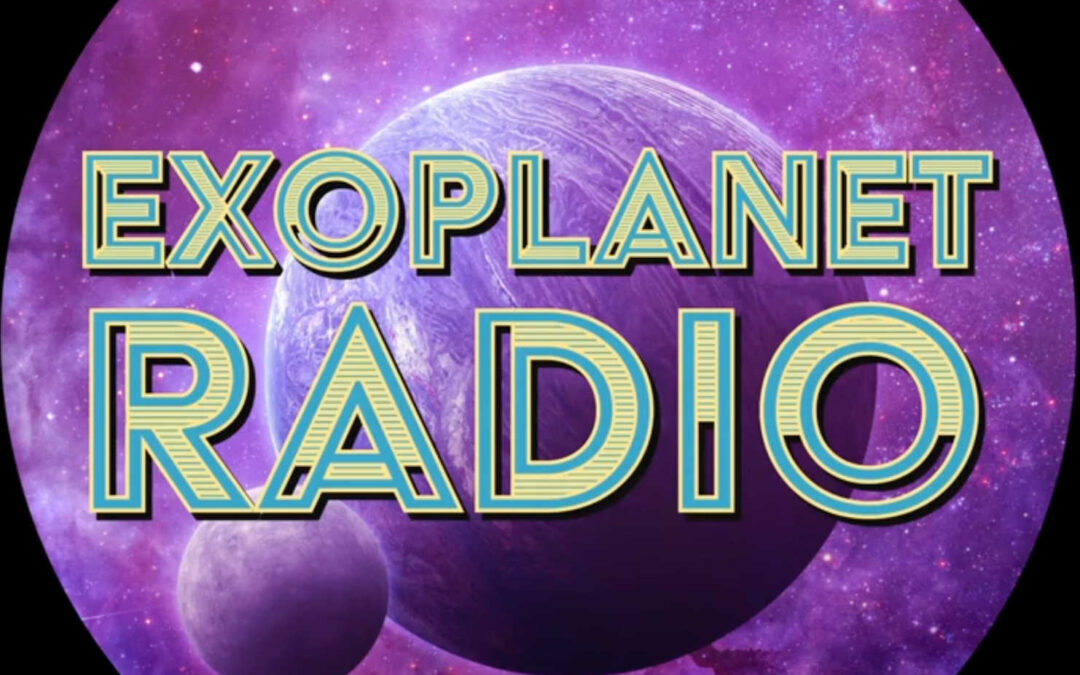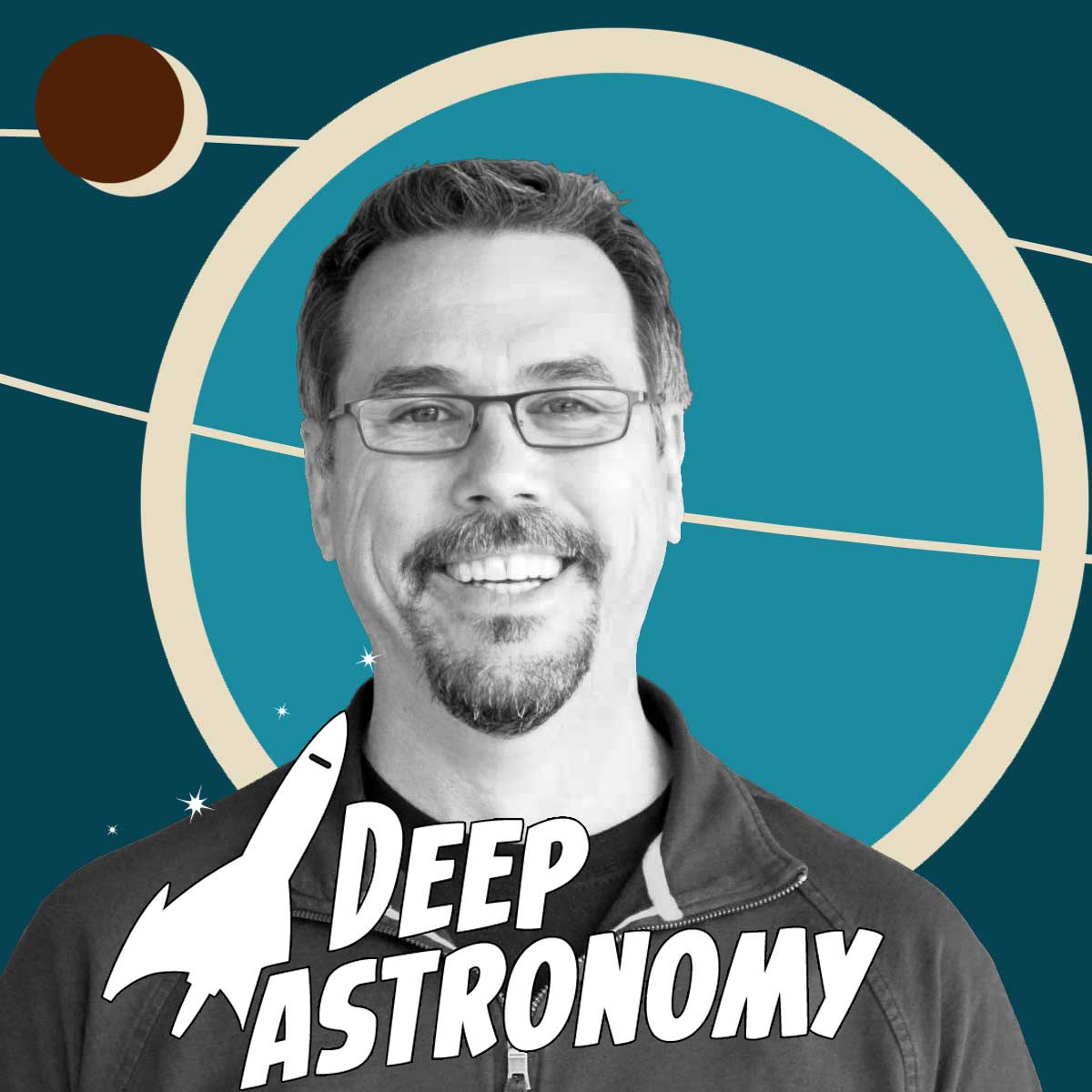


Aug 19th: Can We See the Pillars of Creation With Amateur Astronomy Telescopes?
Here is the Eagle nebula taken using off-the-shelf equipment available to the amateur astronomer. So what instrument can we use see the Pillars of Creation with amateur astronomy telescopes?

Jul 14th: Mystery of Ultra Diffuse Galaxy with NO Dark Matter Solved

Jun 17th: The Problem Of LED Streetlights
Dustin talks about his experiences with the new iOptron equatorial mounts. And Tony wonders about the effects of LED streetlights on our night skies.

May 20th: The Case for the Carl Sagan Space Telescope
In this episode, some astronomers, a former astronaut, the current director of the Space Telescope Science Institute as well as the wife of Carl Sagan himself, got together and wrote a white paper that makes the case for a telescope, named after the famous astronomer Carl Sagan, that will look for and directly image planets like Earth around other stars

Apr 15th: Physicists Hunt for a Mirror Universe Galaxy
Is the many-worlds interpretation of quantum mechanics science? While we may not be able to say what exactly science is, I can say that I prefer to have my science with a little bit of data. For me to recognize science when I see it, it has to come with some observations or something verifiable

Mar 18th: How “Many Worlds” Quantum Mechanics is Like Intelligent Design and Sets a Dangerous Precedent

Feb 18th: The Cartwheel Galaxy From the Webb Space Telescope
NASA’s James Webb Space Telescope has peered into the chaos of the Cartwheel Galaxy, revealing new details about star formation and the galaxy’s central black hole. Webb’s powerful infrared gaze produced this detailed image of the Cartwheel and two smaller companion galaxies against a backdrop of many other galaxies. This image provides a new view of how the Cartwheel Galaxy has changed over billions of years.

Jan 21st: The Closest Known Black Hole
Black holes do not emit any light of their own making them impossible to see directly with telescopes. So, what’s the closest one to us?

Dec 17th: The Hellscape of Exoplanet 55 Cancri e
There is a planet so close to its star that its entire year is only a few hours. and any water oceans that it may have had would have long ago boiled away, the surface rocks melt and the clouds would hold lava rain.

